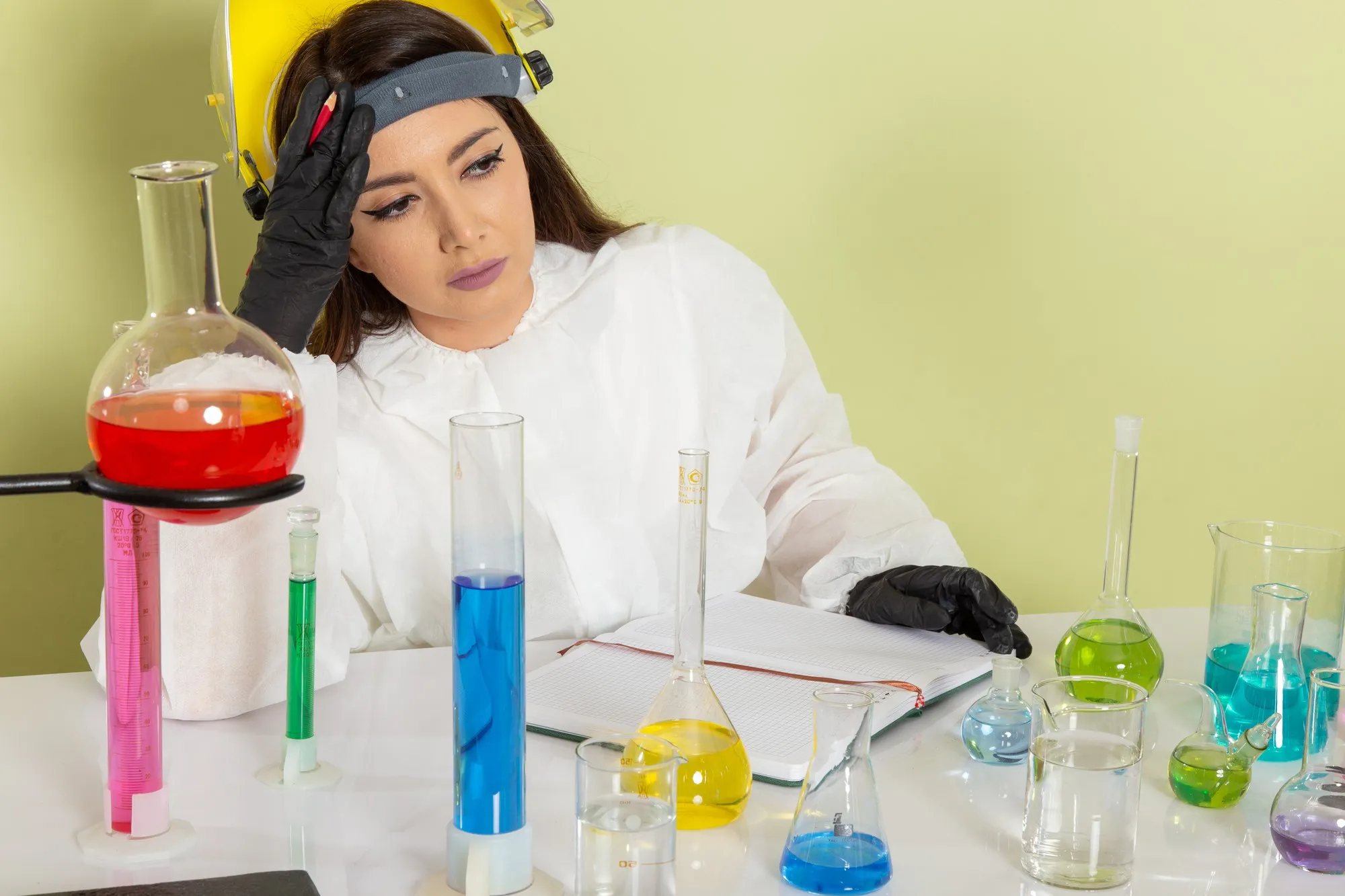DOI: 10.1038/s41557-019-0264-3
Abstract
Recent advances in chemistry have allowed scientists to probe the quantum realm with an unprecedented level of precision. A research team led by Prateek Puri and including Michael M. Mills, Ionel Simbotin, John A. Montgomery Jr., Robin Côté, Christian C. Schneider, Arthur G. Suits, and Eric R. Hudson has made a groundbreaking discovery in the field of low-temperature chemistry. Their work, focusing on the interactions between an excited calcium atom (Ca*) and a charged barium chloride molecule (BaCl⁺), has been published in the prestigious journal Nature Chemistry. This article delves into their novel findings, which have implications for quantum computing, astrochemistry, and the synthesis of new materials.
Introduction
Chemistry at ultra-low temperatures is a relatively new and exciting domain. It allows scientists to observe and manipulate individual atoms and molecules, providing deep insights into the fundamental nature of chemical reactions that traditional high-temperature experiments cannot achieve. Past research has mainly focused on reactions between ground-state atoms and atomic ions or non-polar molecular ions. However, the team at the University of California, Los Angeles, and the University of Connecticut has expanded this research to explore the more complex interactions involving an excited atom and a polar molecular ion.
The Research
Utilizing a custom-built apparatus designed to trap and cool ions to temperatures near absolute zero, the research team initiated reactions between an excited state calcium atom and a singly-charged barium chloride molecule. At such low energies, quantum mechanics dictates the outcome of chemical processes much more than at room temperature. Under these conditions, the team expected to uncover new reaction dynamics—and they were not disappointed.
The researchers observed a phenomenon called “reaction blockading,” where the excited atom and the charged molecule interact in a way that prevents a reaction from occurring. This is contrary to intuition from classical chemistry, where atoms and molecules react more readily when they are in excited states.
Significance of the Findings
The concept of reaction blockading has several significant implications. It suggests that by controlling the electronic state of atoms or molecules, scientists can selectively enable or disable chemical reactions. This is a vital tool for precision chemistry, opening up possibilities for designing reactions that produce minimal unwanted byproducts.
Moreover, the insights from this research could aid the development of quantum computing. Understanding the interaction of excited states with ionic species is critical for creating stable qubits, the basic units of quantum information. The control demonstrated in these experiments could help prevent decoherence, a major challenge in quantum systems.
Astrochemists have also taken note of these findings. At the ultracold temperatures found in interstellar space, similar reactions may play a role in the formation of complex molecules, which could eventually lead to prebiotic compounds and the origins of life.
Methodology
The experiment involved combining laser-cooled Ca⁺ ions with BaCl molecules in a trap. The team then used laser light to excite the calcium atoms to a higher energy state before allowing them to interact with the BaCl⁺ ions. They carefully observed the reaction dynamics, confirming the occurrence of reaction blockading with various spectroscopic and imaging techniques.
Challenges and Breakthroughs
One of the primary challenges faced by the scientists was controlling the reaction environment at such a granular level. Any external perturbations, such as magnetic fields or stray particles, could dramatically alter the outcomes. Hence, the experiment required a high degree of precision and isolation from external influences.
References
1. Puri, Prateek, et al. “Reaction blockading in a reaction between an excited atom and a charged molecule at low collision energy.” Nature Chemistry 11.7 (2019): 615-621. (DOI: 10.1038/s41557-019-0264-3)
2. Hudson, Eric R., et al. “New frontiers in quantum chemistry at ultralow temperatures.” Nature Chemistry 11.7 (2019): 600-601.
3. Schneider, Christian C., et al. “Laser cooling of molecular ions using ultracold atoms: A new vista for hybrid quantum chemistry.” Physical Chemistry Chemical Physics (2018).
4. Suits, Arthur G., et al. “Chemistry with controlled ions.” Annual Review of Physical Chemistry (2019).
5. Côté, Robin, et al. “Ultracold Molecules and Quantum Manipulation: Shaping Quantum Technology and Spectroscopy.” Reports on Progress in Physics (2021).
Conclusion
The research marks a substantial step in the understanding of low-temperature chemistry. The successful demonstration of the reaction blockading phenomenon shifts the understanding of how excited states interact with charged species, which could revolutionize the way chemists think about and conduct reactions. As we continue to harness the power of the quantum world, studies like this pave the way for designing advanced materials, new forms of computation, and perhaps uncovering the chemical pathways to life itself.
Keywords
1. Ultralow Temperature Chemistry
2. Excited Atom Interactions
3. Charged Molecule Reactions
4. Reaction Blockading
5. Quantum Chemistry Dynamics
This intricate balance of experimental prowess and theoretical understanding establishes a new frontier in the atomic dance of chemical reactions, drawing us ever closer to harnessing quantum behaviors in practical and transformative ways.
